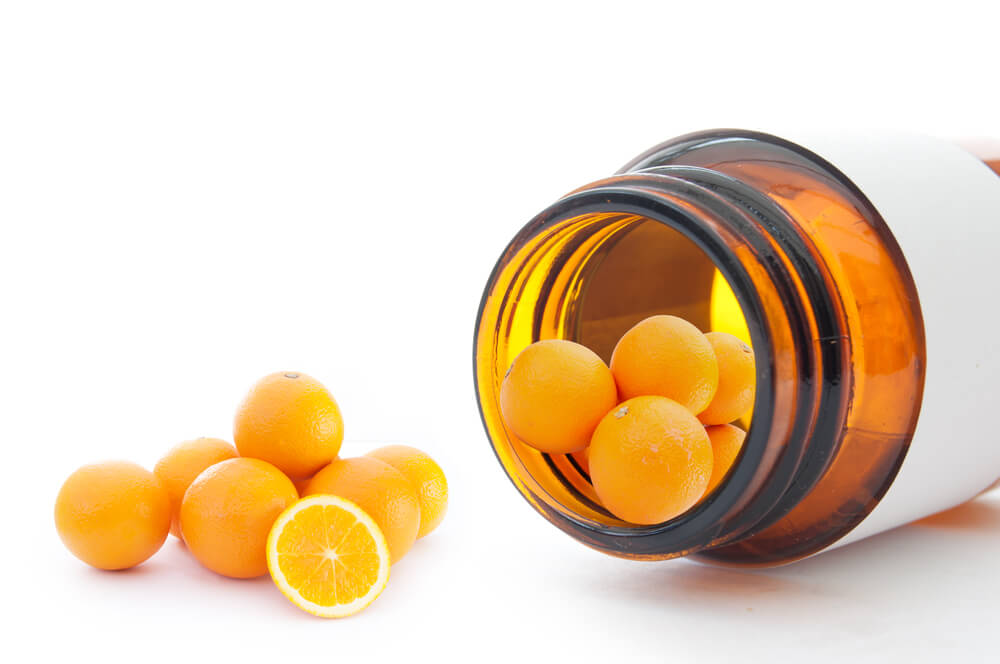
Vitamin C may not excuse you from the gym, but it has a host of health perks you should not avoid. Here is a simple guide with all the facts about vitamin C so you can make your eating plan that much better.
There have been many articles about a new study that claims vitamin C is the new replacement for exercise. Unfortunately, this just isn’t true. What Caitlin Dow, PhD, from the University of Colorado, Boulder, and her team were actually looking at was the vascular tone of overweight and obese adults and the strain that puts on their blood vessels.
The blood vessels of overweight people tend to be more constricted than normal. Therefore, the heart has to work harder to pump blood, which increases the risk of vascular disease. Usually this problem can be solved through regular exercise, but most adults don’t make time for exercise. As a result, the rate of obesity among Americans over the age of 25 is growing.
What Was The Study Really Looking To Learn About Vitamin C?
What Dow and her team were looking for was a way for the adults in the study to lower their risk of vascular disease without regular exercise. For this experiment, a group of about 35 obese and overweight adults were divided into two groups. One group was given a daily aerobic exercise regimen to follow. The other group was told not to exercise and was put on a daily vitamin C supplement schedule.
After 30 days, the results were measured. According to a press release put out by the American Physiological Society, “the researchers found that daily supplementation of vitamin C (500 mg/day, time-released) reduced ET-1-related [the protein endothelin] vessel constriction as much as walking for exercise did.”
What Does The Science Tell Us About Vitamin C?
The good news is that taking vitamin C supplements daily can have similar effects on vascular health as regular exercise does.
Why?
Both help to open the blood vessels more so that blood does not have to struggle to pass through them.
However, it is important to note the shortcomings of this study in the claim that vitamin C can replace exercise. Dow told The Washington Post that she has “seen articles with titles making claims about vitamin C replacing exercise or calling it the ‘exercise pill,’ which is not what we demonstrate. What’s strange is that in some cases that title will be followed with a statement in the body of the article about how I and the other authors want to point out that vitamin C is, in fact, not an exercise replacement, but a good option for adults with overweight and obesity who can’t exercise.”
While vitamin C can do wonders for your heart health, it is not a good replacement for regular exercise. In the study, none of the participants lost weight. The participants only showed improvements in vascular tone. By contrast, the group that did participate in daily aerobic exercise actually showed improvement in stamina and fitness. The study did not use a big sample size and they were looking specifically at vascular tone and not any other areas of exercise-related health.
Daily vitamin C supplements are still a great addition to your diet. Natural sources of vitamin C are also a great idea to include in your diet. But, if you want to remain heart-healthy, you should also keep up an exercise regimen for the best results. You should be shooting for about 105 grams of vitamin C daily if you’re a man and close to 90 grams if you’re a woman.
What Are Some Of The Best Foods To Eat To Be Sure That You Are Getting Your Daily Dose Of Vitamin C?
Guavas
Guavas are tropical fruits. In spite of their tropical status, they can be found in most supermarkets throughout the United States. They are packed with dietary fiber and have enough vitamin C to equal that of four oranges. Guava seed oil, which can be used for cooking, is also high in vitamin C. This is one powerful vitamin C option!
Chili Powder
Chili powder is made from dried and crushed chili peppers and sometimes contains other spices that are used to flavor foods. One tablespoon of chili powder can give you about 9% of your daily vitamin C. That’s a powerful vitamin C punch with a spicy kick!
Red Bell Peppers
Bell peppers in general contain high amounts of antioxidants and vitamin C. But, red bell peppers are the best. They have almost twice the amount of vitamin C than the other colors. In this case, seeing red is a good thing.
Cauliflower
Cauliflower is a low-fat and low-carb option for your source of vitamin C. While you will get the most out of cauliflower when it is raw, this isn’t always the greatest way to eat it. Boiling cauliflower isn’t a great choice either, as the process causes it to lose most of its natural nutrients. Try steaming or stir frying to retain the vitamin C and all other nutrients.
Fresh Thyme
Both fresh and dried thyme are packed with vitamin C and can be bought in a grocery store. Fresh thyme has a better flavor, but it also has a shorter shelf life. The good news is that thyme can be grown easily in a herb garden. If you have a green thumb, it’ll help you make sure you’ll always have some fresh thyme on hand.
Brussels Sprouts
Most people hate Brussels sprouts. But, did you know they are also full of vitamin C? The trick to Brussels sprouts is not to overcook them, or else they will turn soft and gray and develop that odor and taste that most people find unsavory. Like cauliflower, Brussels sprouts can lose their nutrients when boiled, so steaming or stir frying them is your best bet. If you really want to get creative, throw them on a grill after drizzling them with some olive oil and sea salt.
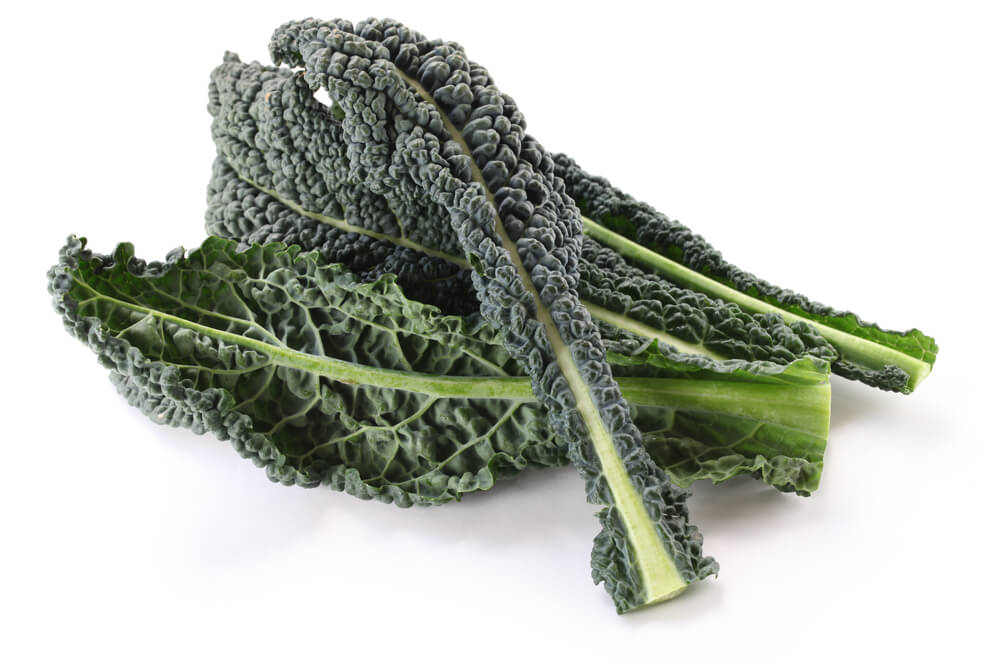
Kale
Kale was once used just as a garnish for dishes like fruit and veggie plates. But, as health professionals and many others have come to realize, it offers so much more. Why? It has high amounts of vitamin C. In addition to this, steamed kale can help you lower your bad cholesterol and block the growth of cancer cells. Pass the kale!
Chili Peppers
Chili peppers are mostly grown in and exported from India. Just like with bell peppers, the red ones contain the most vitamin C and are a great addition to any recipe that could use a little heat. Feel the heat and reap the rewards.
Parsley
Parsley is high in vitamin C and antioxidants, whether you’re eating it in fresh or dried form. It is generally used as a garnish in most recipes, but consuming excessive amounts of parsley can be dangerous for pregnant women. Be sure to use this vitamin C star sparingly.
Broccoli
Broccoli is similar to cauliflower and kale. None of them are at the top of most people’s favorite veggies list. But, they all contain large amounts of vitamin C that can be lost, along with other nutrients, when boiled. Broccoli also contains cancer fighting properties and is an essential part of a healthy diet.
Kiwi
Kiwifruit is a small, sweet fruit, but that doesn’t stop it from being a big supplier of antioxidants and vitamin C. A medium-sized kiwi provides almost all the recommended daily vitamin C that you need. Plus: The skin – which is edible – is a great source of dietary fiber.
Pineapples
Pineapples are a tropical fruit and are very versatile additions to your diet. They can be dried, juiced, cooked or eaten raw. One serving contains about 58% of your daily vitamin C. Other than vitamin C and manganese, however, pineapples have almost no nutrients.
Tomatoes
Tomatoes are loaded with all sorts of nutrients and have a lot of health advantages, including high amounts of vitamin C. There are even natural variants of tomatoes that contain double the amount of vitamin C. No wonder they are so popular!

Banana Peppers
Banana peppers are usually bright yellow and are not very hot, so they are great as toppings on foods like pizza and sandwiches. This mild heat also helps make food feel more filling, so they’re quality additions to any weight-loss diet. Their high vitamin C content makes them an obvious choice.
Red Cabbage
The leaves of red cabbage are typically more purple than red and can turn blue when cooked. But, color issues aside, that doesn’t stop this veggie from being a very good source of vitamin C.
Papaya
Papayas are generally grown in Central and South America. High in vitamin C, the papaya fruit is usually eaten raw without the skin or the seeds. The good news is that the seeds are edible and have a spicy taste. Try subbing papaya seeds for black pepper.
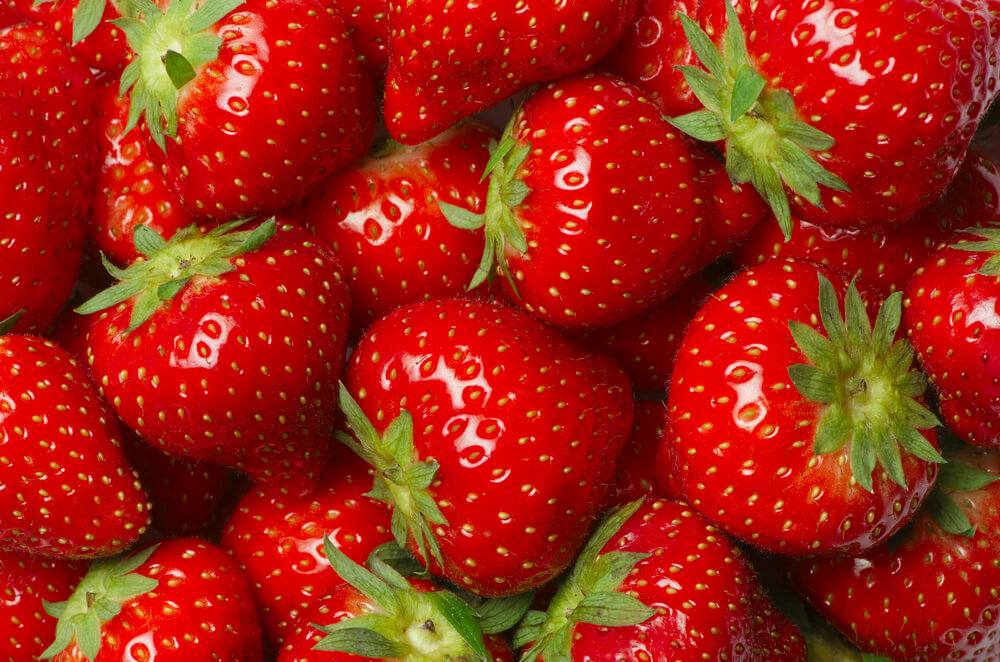
Strawberries
Strawberries are common and can be found in a variety of recipes. They’re sweet and just one cup of fresh strawberries contains your daily dose of vitamin C. Strawberries can also lower cholesterol and have anti-cancer properties.
Cantaloupes
Cantaloupes are high in vitamin C and are generally eaten fresh. Beware, though, the rind can contain bad bacteria. Make sure to scrub it well before cutting. Cantaloupe also promotes lung health, prevents heart disease and reduces stress.
Mangoes
Mangoes are a colorful and flavorful fruit that contain significant amounts of vitamin C. They are also a great source of energy. The flavor and texture of mangoes can vary from sweet and soft to slightly bitter and firm. With so many flavor options available, almost any picky eater should find something satisfying.
Saffron is usually labeled as the world’s most expensive spice, but it is also a great source of this vitamin. It can be used in many dishes to add flavor, but it can also help if you have trouble sleeping, or suffer from heartburn, depression, and many other issues.
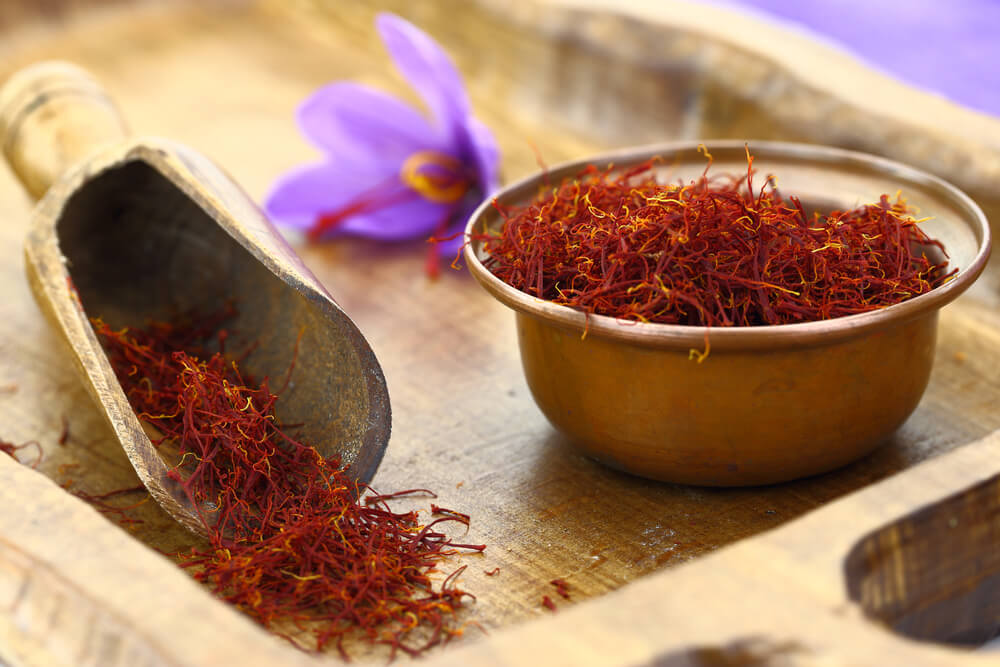
Saffron
Saffron is usually labeled as the world’s most expensive spice, but it is also a great source of vitamin C. It can be used in many dishes to add flavor, but it can also help if you have trouble sleeping, or suffer from heartburn, depression and many other issues.
Fortified Cereal
There are several brands of cereals – generally the whole wheat ones – that are quality sources of vitamin C. Cereal is also a great base to add some fruits like strawberries, mangoes or cantaloupes to ensure that you get your daily dose of this vitamin in only one delicious meal. That’s a great way to start your day!
Turnips
Turnip roots are very high in vitamin C. So are the green, leafy tops of the turnips, often called turnip greens. Turnips can be bitter, which is probably why they aren’t an American staple. You will probably want to eat them cooked.
And, of course, Oranges
Oranges are the most famous for being great sources of vitamin C and they are very versatile. They can be eaten in juice form, raw or cooked and added to a bunch of dishes. A glass of unsweetened, natural orange juice in the morning is a great way to start your day with some vitamin C, but the flesh of the orange, including the pulp, contains the most this vitamin.
Conclusion
These are just a few of the great vitamin C options. The truth is that there are so many different ways to get vitamin C into your diet, if it isn’t already there. But, there’s a good chance that you already consume some of these foods and just didn’t realize how great they are for you.
If you aren’t eating them, you should strongly consider starting today. All of the foods listed above are easy to include into recipes or even eaten on their own. In addition to all these foods, you can always buy daily vitamins to ensure that you reach the recommended daily amount of this vitamin. And, don’t forget, that while this is only one step towards living a healthy lifestyle, it is a very tasty path to follow.
By Sara Campanelli
Latest posts by Sara Campanelli (see all)
- Spirulina Benefits: The Supplement You Need To Try - Aug 4, 2016
- Gym Guide For Beginners - May 1, 2016
- Clean Eating Grocery List - Mar 27, 2016


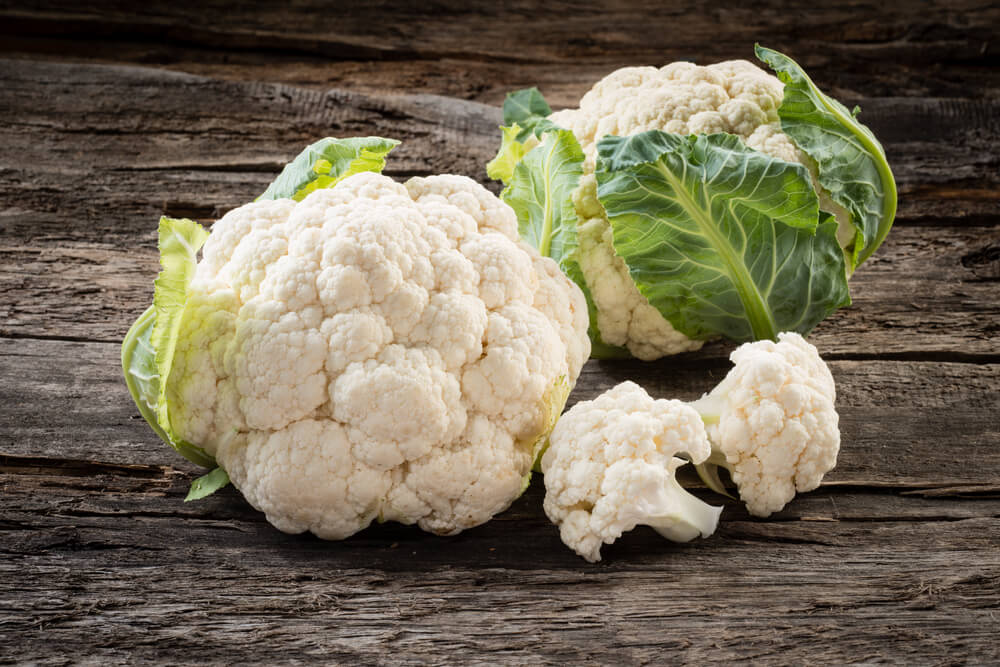

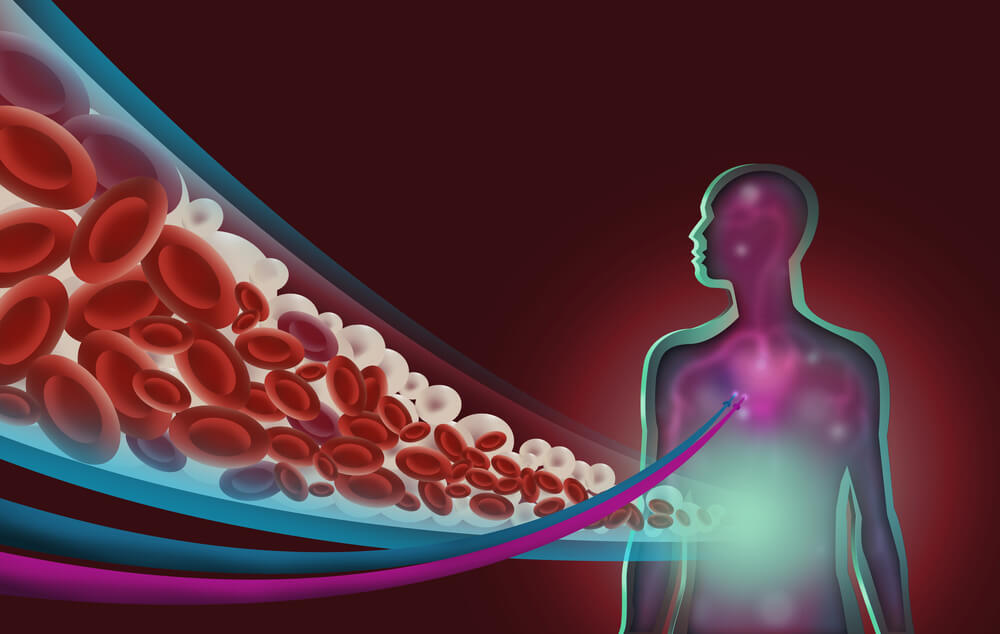




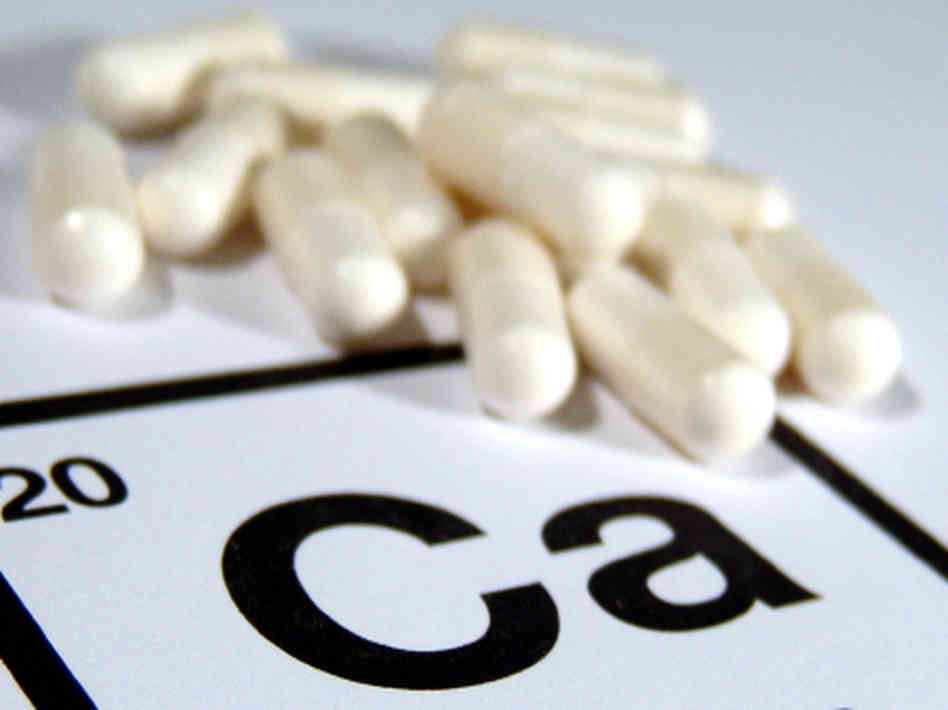



[…] super food. And, with good reason! It’s packed with vitamins and nutrients such as beta-carotene, vitamin C, calcium, folate, and magnesium. It also keeps you full and goes with almost anything including […]
[…] super food. And, with good reason! It’s packed with vitamins and nutrients such as beta-carotene, vitamin C, calcium, folate, and magnesium. It also keeps you full and goes with almost anything including […]
[…] it will calm the aching muscles as you sniff the green leafy scent of thyme. The burning sensations of the tired muscles will be eased out once you diffuse the thyme oil in […]
[…] it will calm the aching muscles as you sniff the green leafy scent of thyme. The burning sensations of the tired muscles will be eased out once you diffuse the thyme oil in […]